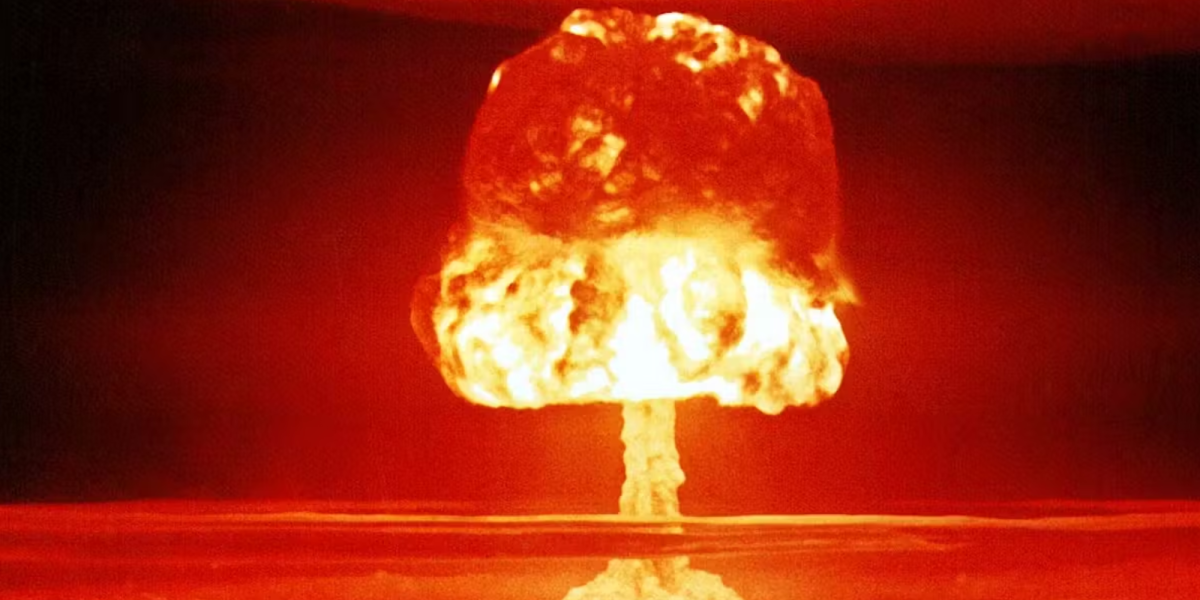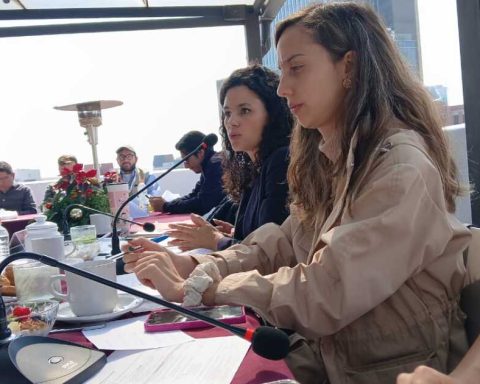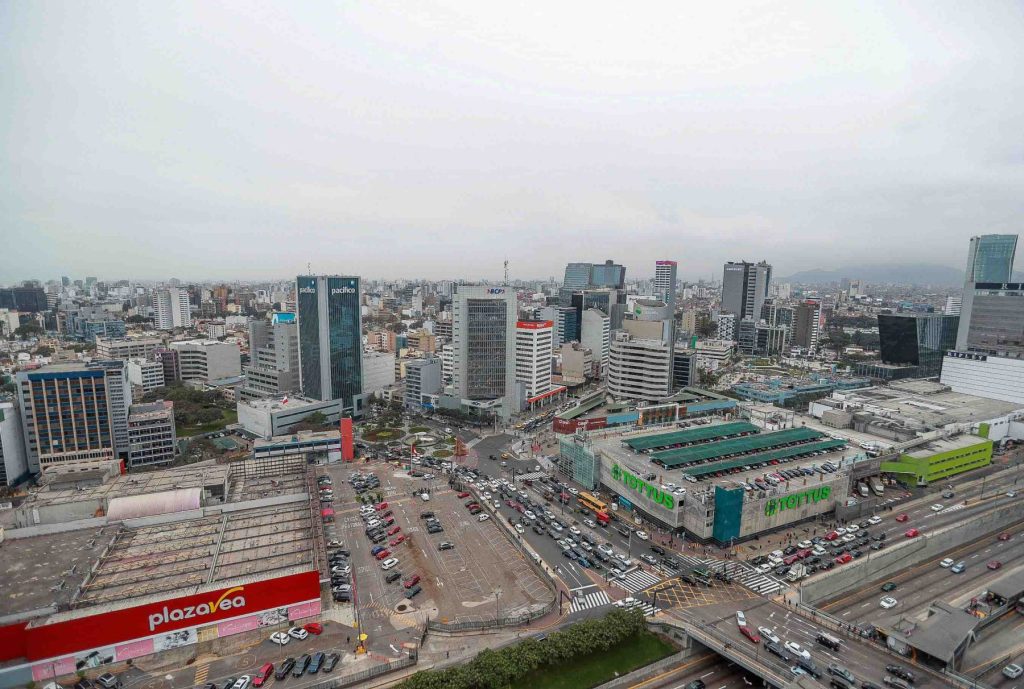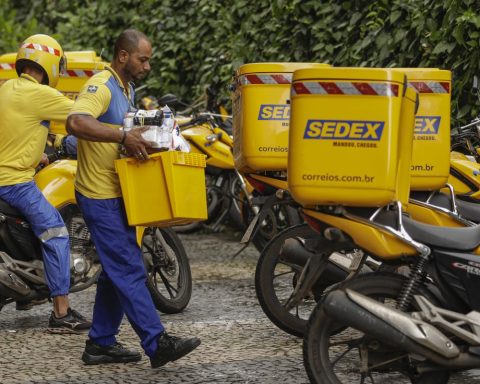The possibility of a nuclear war, considered the maximum expression of a modern total war, today represents a dead end due to growing global nuclear proliferation. What was previously concentrated power in the hands of a few powers has dispersed, giving rise to a context of nuclear multipolarity that has eroded the established classic deterrence schemes. during the Cold War.
In that period, the balance between two large blocks reduced strategic uncertainty. However, the current panorama is characterized by increasing fragmentation and volatility, with multiple sources of tension and unpredictable dynamics. The emergence of new actors, both state and non-state, significantly aggravates global instability, since many of them have access to or aspire to obtain nuclear weapons.
Factors such as nuclear terrorism, whereby extremist groups could ignore traditional principles of deterrence, and the lack of experience of leaders in nuclearized stateswhich may be tempted to increase the dimension of their global influence with agreements with third states, increase the risk of miscalculations and reckless decisions in times of crisis.
At the same time, regions with long-standing tensions, such as the Middle East and the Indo-Pacific, face the threat of an arms race that could further destabilize these already fragile areas.
Cyberattacks on nuclear control systems
Furthermore, the growing dependence on digital technologies introduces a new and alarming risk front: cyberattacks directed at nuclear control systems, which could lead to devastating consequences.
The change in the nuclear doctrines of the major powers has added more uncertainty. Since September 2024, in the context of the war in Ukraine, Russia has modified its nuclear doctrineprioritizing deterrence against countries and alliances with atomic weapons, such as the United States and NATO.
One of the most significant adjustments has been the responsibility of third countries that support conventional attacks against Russian territoryeven if these are executed by intermediary actors, such as Ukraine. This dynamic expands the assumptions under which Russia could justify the use of nuclear weapons, generating unprecedented strategic uncertainty.
China’s position
Faced with this complexity, China has stood out as an actor who promotes moderation and diplomacy. Officially he has insisted on the need to “promote dialogue and consultation” and that “a nuclear war should not be fought.”
These statements reflect China’s commitment to a political solution and a multilateral stance towards the conflict in Ukraine. However, for the United States this has not meant a change in its approach based on strategic deterrence, maintaining a very relevant nuclear capacity designed to prevent attacks against the country and its allies.
In March 2024, the Joe Biden administration reoriented this strategy to focus on China’s nuclear expansion, addressing potential new joint nuclear challenges with China, Russia and North Korea. In any case, despite recent changes in Russian nuclear doctrine, the United States has decided not to modify its position, arguing that there are insufficient reasons to do so.
Rebuild trust between nuclear powers
Given this alarming panorama, it is essential to revitalize multilateral diplomacy through mechanisms that rebuild trust between nuclear powers and new emerging actors. Likewise, it is necessary to strengthen existing agreements, such as the Nuclear Non-Proliferation Treaty (NPT), and promote new spaces or platforms that aspire to integrate non-signatory states of the aforementioned treaty.
Furthermore, it is essential to establish stricter control over the trade of sensitive technologies to prevent these capabilities from falling into the hands of actors that do not actively participate in the international community and respect its values.
At the same time, it is necessary to promote global education that sensitizes the academic and political community about the risks associated with nuclear weapons, promoting a culture of peace and shared responsibility.
In conclusion, the current panorama reflects a worrying reconfiguration of global nuclear strategies. The proliferation of weapons, the growing nuclear multipolarity and the doctrinal changes of the main powers significantly increase the risks of catastrophic scenarios.
The combination of mistrust between powers, regional destabilization and technological advance in a multipolar environment requires a coordinated and urgent response from the international community. Only through dialogue, rigorous control of nuclear technologies and global education will it be possible to prevent this dead end from becoming a point of no return.















